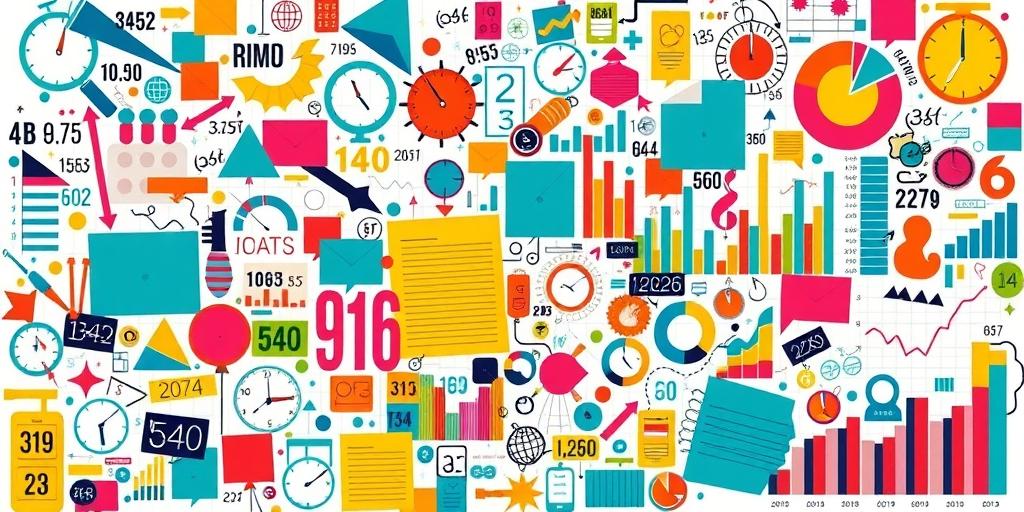The year 2023 has been a whirlwind of unexpected data trends, offering a fascinating glimpse into the ever-evolving human behavior and technological landscape. From unexpected shifts in consumer preferences to surprising patterns in online interactions, these data trends have challenged our assumptions and revealed new insights about the world around us. Let’s dive into some of the most bizarre and intriguing data trends of the year.
Trend 1: The Rise of “Dark Tourism”
Explanation: “Dark tourism” refers to the growing interest in visiting places associated with death, tragedy, or suffering. This trend has seen a significant surge in recent years, with people increasingly drawn to sites like battlefields, former prisons, and disaster zones.
Impact: The rise of dark tourism has sparked debates about the ethics of profiting from tragedy and the potential impact on the communities involved. However, it also presents opportunities for historical preservation and education.
Examples: The Chernobyl Exclusion Zone in Ukraine has seen a dramatic increase in visitors seeking to witness the aftermath of the nuclear disaster. Similarly, the Holocaust Memorial in Berlin attracts thousands of visitors each year who want to learn about the horrors of the past.
Trend 2: The “Quiet Quitting” Phenomenon
Explanation: This trend, which emerged in 2022 and gained momentum in 2023, describes a shift in employee attitudes towards work. Quiet quitters are those who are still employed but have mentally checked out. They are doing the bare minimum required, not taking on extra responsibilities, and prioritizing their personal lives over work.
Impact: The “Quiet Quitting” trend has triggered discussions about employee burnout, the changing nature of work, and the need for better work-life balance. It has also pushed employers to reconsider their employee engagement strategies.
Examples: A recent survey found that 44% of employees are actively looking for new jobs due to burnout and dissatisfaction with their current roles. This trend is particularly prevalent among younger generations, who are more likely to prioritize personal fulfillment and wellbeing.
Trend 3: The “Nostalgic Revival” in Shopping
Explanation: The nostalgia trend has been impacting various industries for years, but in 2023, it experienced a resurgence in the retail sector. Consumers are increasingly turning to brands and products that evoke feelings of nostalgia, often associated with their childhood or past experiences.
Impact: This trend has prompted brands to revisit their archives and reintroduce classic products, packaging, and marketing campaigns. It has also led to a surge in demand for vintage clothing, toys, and other nostalgic items.
Examples: The popularity of retro gaming consoles like the Nintendo Switch and the resurgence of classic brands like Polaroid have fueled the nostalgic revival in consumer goods. Similarly, fashion trends are seeing a return of styles from the 80s, 90s, and early 2000s.
These bizarre data trends reflect the changing dynamics of society, technology, and consumer behavior. They highlight the importance of staying informed and adaptable in a world that is constantly evolving. Whether it’s the growing interest in “dark tourism,” the shift towards “quiet quitting,” or the nostalgic revival in shopping, these trends offer valuable insights into the future of our world.




